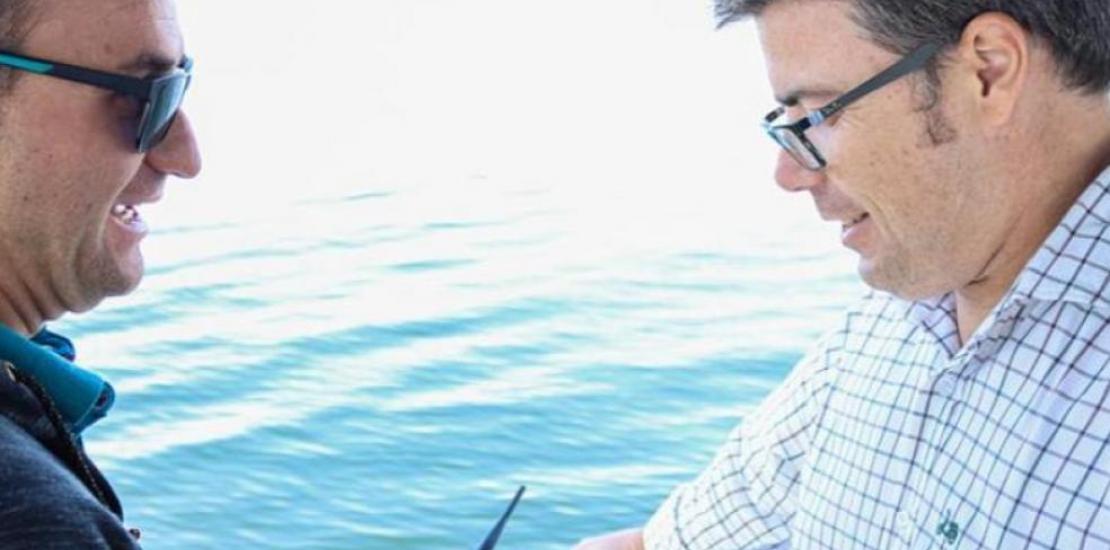European researchers, led by UCAM, have begun to monitor the Mar Menor
Sensors will provide real-time information on the levels of oxygen, temperature, salinity, chlorophyll and turbidity at different depths.
Scientists from Spain, Italy, Switzerland, Norway, Sweden and Denmark belonging to the H2020 SMARTLAGOON project, led by the Universidad Católica de Murcia, have begun testing the best locations for the installation of a real-time monitoring buoy for the Mar Menor. This instrument, designed in Sweden, will emit data on oxygen, temperature, chlorophyll, turbidity, and possibly also salinity, at different depth levels of the lagoon and will complement the information obtained from the cameras in order to provide input for the Mar Menor simulation system.
SMARTLAGOON, a project funded with 3,972,000 euros by the European Union, aims to develop a digital model of the Mar Menor that will replicate the physical processes occurring in the salt lagoon and will show the impact of each of the actions carried out by the sectors involved, forecasting its short- and long-term changes. This 'Digital Twin' will be developed to help subsequent decision-making by the responsible authorities.




